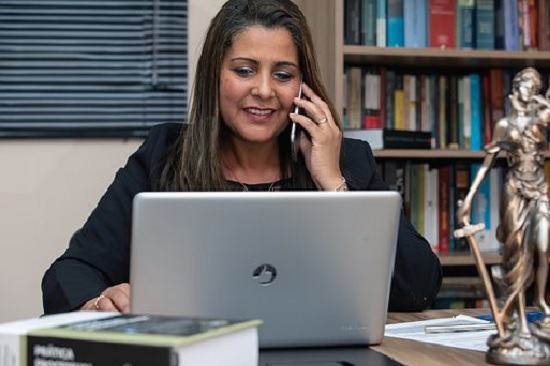Taking a Look at the Process of Conveyancing in Melbourne

Conveyancing in Melbourne is not just preparing or reviewing paperwork; it’s a whole process that needs to be conducted in a certain order for things to go smoothly. If you haven’t gone through the process before, it can seem overwhelming or confusing. This article seeks to dispel the mental fuzz around conveyancing by setting out the process from beginning to end in 10 steps. Read on to learn more.
Step 1: Find a Property
The first step of conveyancing in Melbourne is to find a property that you want to buy. It’s best not to do this blindly, but to instead make a list of essential and non-essential features that you want the property to have. That way, you have some objective criteria to work with, rather than going purely on emotional responses. You should scrutinise the neighbourhood that your desired property is located in carefully. Visit the area at different times of the day and night to get a feel for how it changes at various times. What might be a fine area during the day could turn seedy at night. You may also want to investigate local facilities such as libraries, gyms and schools. After all that research, ask yourself how the property stacks up against your criteria.
Step 2: Check Your Finances
When you’re beginning the process of conveyancing in Melbourne, it’s important that you realise that the purchase price is not the total cost of the property. There are a whole host of other costs, fees and charges that you need to be able to pay for that can add on thousands of dollars extra. You may need to factor in things such as stamp duty, inspection fees, moving costs, and many others. The best way of handling this is to draw up a spending plan – a plan of how you will spend your money on purchasing this property. Put everything you can think of as spending categories – the purchase price, and all other incidental fees that you will incur. This will give you a much more realistic view of the total cost of the property.
Step 3: Contract of Sale and Vendor’s Statement
The contract of sale and the vendor’s statement are important documents that you should look over carefully. You should also get your lawyers for conveyancing in Melbourne to check over them too in case you’ve missed anything.
Step 4: Get Feedback from Your Lawyer
Your conveyancing lawyer should ask you a lot of questions to determine if the property condition matches what is described in the contract of sale and vendor’s statement. If you wish, your lawyer can also suggest special considerations to be included in the contract, such as delaying settlement or making sale dependent on bank financing.
Step 5: Offer and Deposit
In step 5 of conveyancing in Melbourne, you make an offer to the seller, and if it’s accepted, you pay the deposit. Bear in mind that even though the property is now under offer, other buyers can still make offers too. It’s not until you both agree on a price and sign the contract that the property is sold.
Step 6: Building and Pest Inspection
This part is really just about doing your due diligence. After all, you don’t want to buy a property and find out there’s a huge termite infestation. Getting a building and pest inspection done can help you avoid any nasty surprises.
Step 7: Exchange Contracts and Pay Deposit
Once you’ve agreed on the price, you and the seller can each sign the contract of sale. At this point, the property is officially sold.
Step 8: Get Insurance
The next step is to get i nsurance for your property. While the seller’s insurance will last until settlement, a lender will want to see a new insurance policy on settlement day.
Step 9: Lawyer Does Checks
At this stage of conveyancing in Melbourne, your lawyer will conduct checks on the property to make sure there are no restrictions or contaminations. They do this by searching for the certificate of title at the Land Registry.
Step 10: Sale Finalised
The last step of conveyancing in Melbourne occurs when the balance of the purchase price is paid, and the seller gives you the transfer documents and certificate of title. Your lawyer will notify the authorities of the sale.

